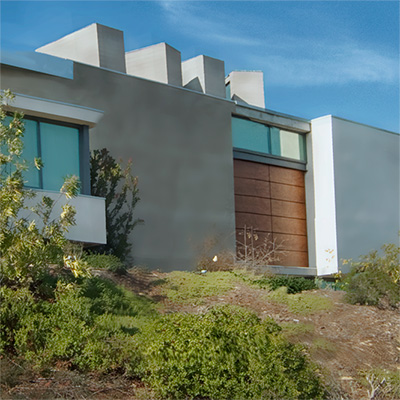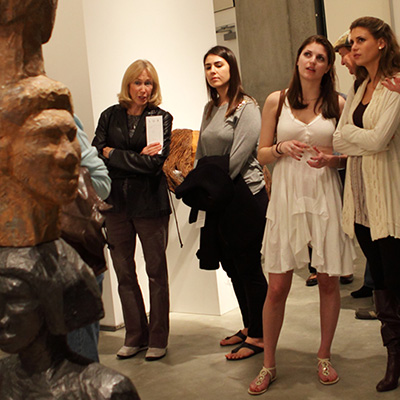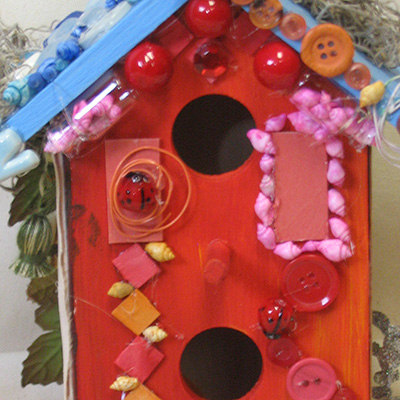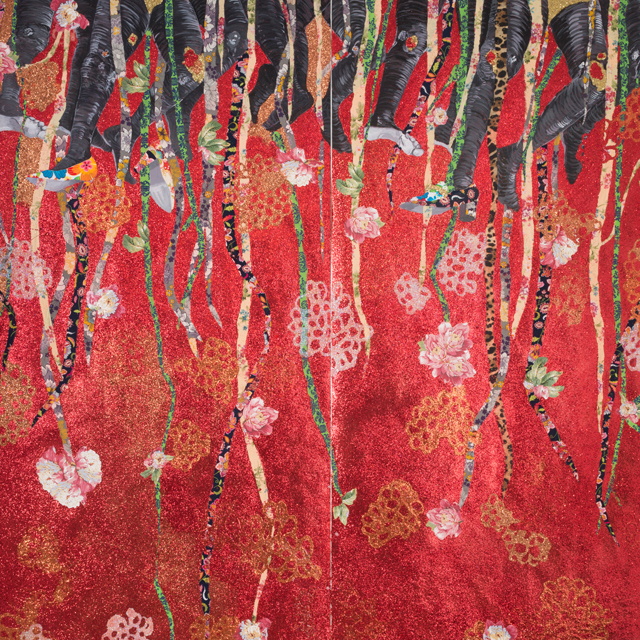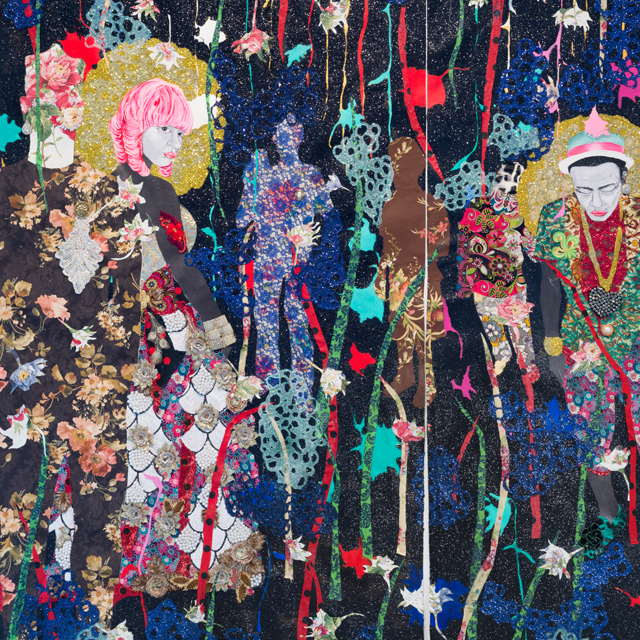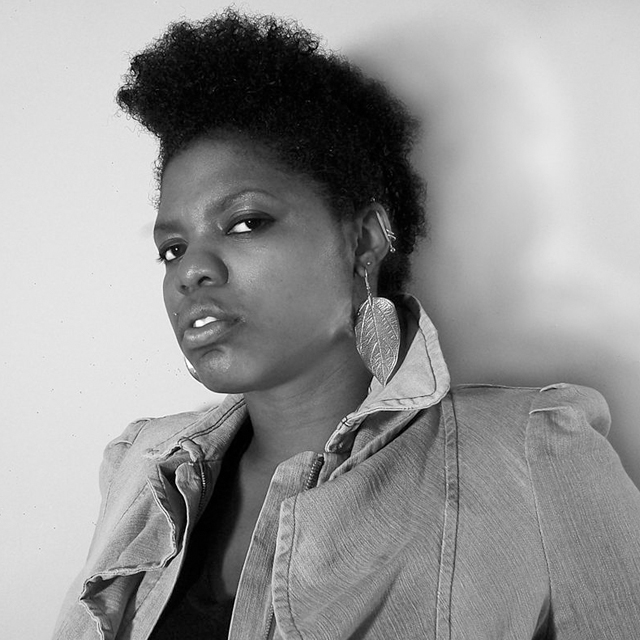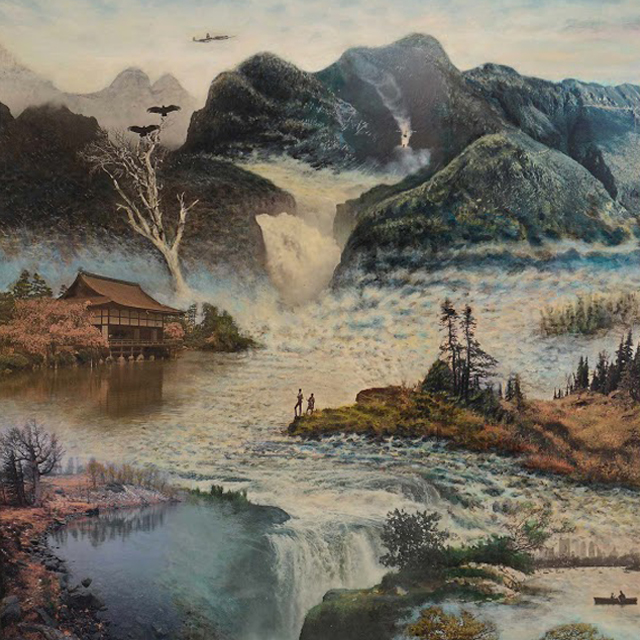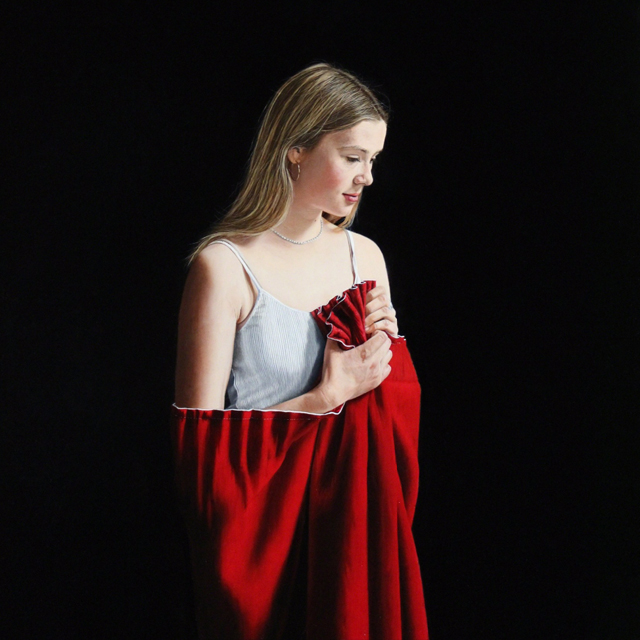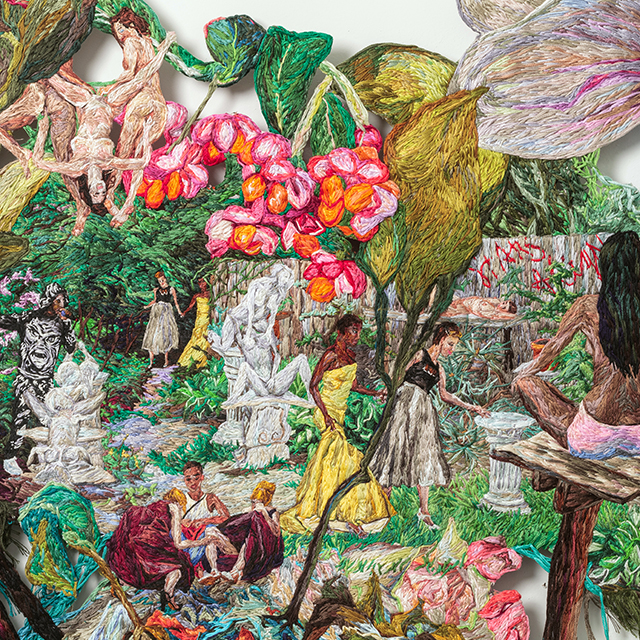From lipstick-wearing gangsters, to young black men with bleached faces — Ebony G. Patterson's art tells the untold stories of Jamaica, by skipping the Bob Marley and coconuts part, and focusing on controversial shifts in Jamaican street culture instead. The Jamaican's work has earned her numerous awards, among which the Prime Minister’s Youth Awards for Excellence in Art and Culture – the highest award a young individual can receive in the arts, on the island of Jamaica. I reached out to the much talked about contemporary artist, to discuss her internationally acclaimed work, the incredible influence of Dancehall music in Jamaican society, and the trend of skin bleaching among Jamaican alpha males.
Working with wide range of techniques and materials, including mixed-media painting, tapestries, installation and works on paper, Jamaican-born artist Ebony G. Patterson is not afraid to push the envelope. Looking primarily to dancehall culture, which surrounds a genre of Jamaican popular music that originated in the late 1960s, and its impact on Jamaica’s working class, Patterson’s artwork is very much an investigation of the ways in which young black men shape their identities within the subculture. In Untitled, Species I (2010-11), Patterson portrays a man in “whiteface,” with pink-glossed lips, glitter and sunglasses. Patterson boldly references skin bleaching (whitening), a trendy and fashionable practice. While Jamaica has a history of skin bleaching that spans several centuries—back to when slaves used lye (sodium hydroxide) to lighten their skin—the present practice has been embraced by many of the dancehall generation, both male and female. A number of dancehall artists, including famed Vybz Kartel, now openly indulge in bleaching as a mark of style and fashion.
Patterson expands on the impact and history of skin bleaching, saying, “Bleaching among women started during the late Eighties and early Nineties, in the Jamaican underground scene. The trend went mainstream when Dancehall artist Buju Banton released his song Love Me Browning, in which he mentions how much he loves his light-skinned girlfriend. You have to understand that there is still a color hierarchy that exists within post-colonial Jamaica, which places light-skinned people above dark-skinned people. Because of the huge influence that Buju Banton song had, many women started bleaching their skin, to make themselves more attractive to men. As metro-sexuality came over from the US, Jamaican men didn't feel embarrassed anymore to experiment with things which in the past were considered to be women's only practices – such as plucking eyebrows and bleaching of the skin.”
“In dancehall culture one never repeats one’s outfit, so I started wondering what would a whole month of dancehall outfits look like,” said Miss Patterson. “The exhibition will look specifically at fashion in dancehall. The work in the exhibition has been developed over two to three years. It uses clothing I had used for previous photo-based projects.”
Patterson says that the best way to describe the art she creates is “mixed media meets paint”. She explains, “I truly think like a painter, even when using photo- based imagery, I like to mix it with paint. What I also like to get involved with is embellished photo tapestry. So, I'd say, there's lots of bling in my work… perhaps it's best described as ‘shiney’.”
“I love shopping for fabric and fabric that is interesting,” she said. “I can’t sew or cut. I can only visualize the ideas and I work with a tailor to make the outfits. Then I take them back to the tailor to add embellishments as I see fit on the clothing. But the making of the clothing is an incredibly layered process. In some ways just as layered as the tapestries.”
By investigating shifting and contradictory gender roles, as well as contemporary notions of fashion and beauty, through such practices, including bleaching, eyebrow shaping and flamboyant dressing, Patterson posits the question: How do these young men craft their masculinity? Patterson’s work speaks to an explicit and complicit self-(re)fashioning and self-(re)presentation, in which contemporary notions of beauty and masculinity are challenged within a Jamaican context.
Tall, with an imposing bearing and outsize personality, Patterson stands literally head and shoulders above many of her peers. She has a mischievous sense of fun, a cacophonous laugh, and in the right time and place is more than willing to demonstrate the latest acrobatic dancehall moves. Physically, she’s more than a match for her spectacular artworks. But Patterson is also far more intensely driven than most of her contemporaries, and utterly savvy about the realities of the art world — not only in Jamaica, but internationally.
Since 2007, Patterson has taught in the art department at the University of Kentucky in Lexington — a small, quiet city, with few distractions and even fewer connections to the Caribbean. “Kentucky is where I work; Jamaica is home,” she insists, and she returns at every opportunity.
“Ebony is obviously a leader, if not the leader in contemporary Jamaican art,” says Veerle Poupeye. “Her presence has energized the local art scene. And with its critical but sympathetic focus on contemporary popular culture, her work also directly addresses past criticisms that contemporary art in Jamaica is elitist, out of touch, socially irrelevant.” But Patterson doesn’t pause to bask in this kind of praise. Her focus is squarely on future work. Asked about her next major goal, she matter-of-factly says she wants to show at the Venice Biennial, the bluest of the contemporary art world’s blue-chip events. It’s a bold ambition, but the dancehall scene is nothing if not boldfaced. Her career thus far suggests Patterson knows the right moves — and when the spotlight comes her way, she won’t hesitate to show them off.


